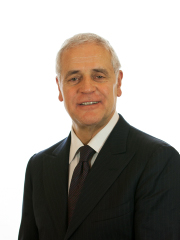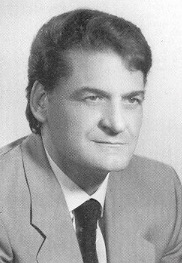
The Pole of Freedoms was a centre-right political and electoral alliance in Italy, launched at the 1994 general election by Silvio Berlusconi. Its counterpart in central and southern Italy was the Pole of Good Government.

A snap national general election was held in Italy on 27 March 1994 to elect members of the Chamber of Deputies and the Senate. Silvio Berlusconi's centre-right alliance won a large majority in the Chamber, but just missed winning a majority in the Senate. The Italian People's Party, the renamed Christian Democrats, which had dominated Italian politics for almost half a century, was decimated. It took only 29 seats versus 206 for the DC two years earlier-easily the worst defeat a sitting government in Italy has ever suffered, and one of the worst ever suffered by a Western European governing party.
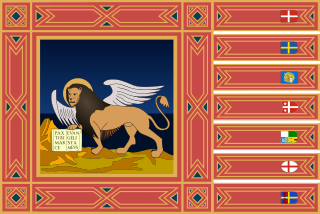
The Politics of Veneto, a Region of Italy takes place in a framework of a semi-presidential representative democracy, whereby the President is the head of government, and of a pluriform multi-party system. Executive power is exercised by the Regional Government. Legislative power is vested in both the government and the Regional Council.

The Regional Council of Veneto is the regional parliament of Veneto.

The Politics of Lombardy, Italy, takes place in a framework of a semi-presidential representative democracy, whereby the President of the Region is the head of government, and of a pluriform multi-party system. Legislative power is vested in the Regional Council of Lombardy, while executive power is exercised by the Regional Government led by the President, who is directly elected by the people. The current Statute, which regulates the functioning of the regional institutions, has been in force since 2008.

The Politics of Campania, Italy takes place in a framework of a presidential representative democracy, whereby the President of Regional Government is the head of government, and of a pluriform multi-party system. Executive power is exercised by the Regional Government. Legislative power is vested in both the government and the Regional Council.

The Politics of Liguria, Italy takes place in a framework of a presidential representative democracy, whereby the President of Regional Government is the head of government, and of a pluriform multi-party system. Executive power is exercised by the Regional Government. Legislative power is vested in both the government and the Regional Council.
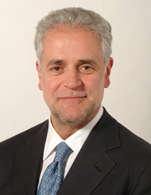
The Lombard regional election of 2005 took place on 3–4 April 2005. The 8th term of the Regional Council was chosen. Roberto Formigoni was re-elected for the third time in a row President, defeating Riccardo Sarfatti.

The Lombard regional election of 1995 took place on 23 April 1995. The 6th term of the Regional Council was chosen.

Lombardy renewed its delegation to the Italian Senate on April 13, 2008. This election was a part of national Italian general election of 2008 even if, according to the Italian Constitution, every senatorial challenge in each Region is a single and independent race.
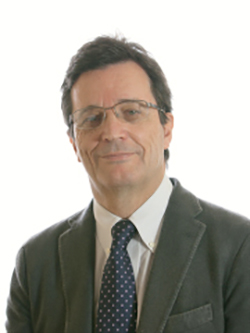
The Tuscan regional election of 2000 took place on 16 April 2000.
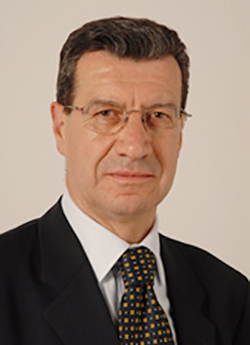
The Tuscan regional election of 1995 took place on 23 April 1995.

The Lombard regional election of 2010 took place on 28–29 March 2010. The 9th term of the Regional Council was chosen.

The Regional Council of Lombardy is the legislative assembly of Lombardy.
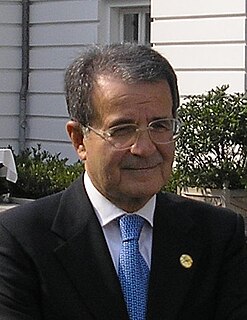
Lombardy renewed its delegation to the Italian Senate on April 9, 2006. This election was a part of national Italian general election of 2006 even if, according to the Italian Constitution, every senatorial challenge in each Region is a single and independent race.
Lombardy renewed its delegation to the Italian Senate on May 13, 2001. This election was a part of national Italian general election of 2001 even if, according to the Italian Constitution, every senatorial challenge in each Region is a single and independent race.

The Tuscan regional election of 2010 took place on 28–29 March 2010.
The centre-right coalition is a political alliance of political parties in Italy, active—under several forms and names—since 1994, when Silvio Berlusconi entered politics and formed his Forza Italia party.

Lombardy renewed its delegation to the Italian Senate on March 27, 1994. This election was a part of national Italian general election of 1994 even if, according to the Italian Constitution, every senatorial challenge in each Region is a single and independent race.

